By now you’ve probably heard of this pickleball thing. If you’re a tennis player you’ve probably had someone try to convince you to play pickleball. Or maybe you’ve heard the annoying pings of the pickleball paddle in the distance. But what are the big differences between tennis and pickleball? That’s what I’m going to talk about today in this article.
Before we get into the major differences between tennis and pickleball, let’s first go over some of the minor things. Here’s a list of minor differences between tennis and pickleball.
- There is no double fault with serving in pickleball.
- In doubles, each player of a team gets to serve at least once until they lose their turn.
- In doubles, the score has three numbers. Your team’s score, the opposing team’s score and whether or not you are the first or second server of the team.
- The court dimensions are the same for singles and doubles.
- Overhead serving is not allowed. Serving in pickleball is underhand only.
- Pickleball is typically frantic, loud, and is often accompanied by music.
- The sides of a court are not ad or deuce, they are even or odd. Click the link above for more.
- Pickleball can easily be played on indoor basketball or volleyball courts.
- In pickleball, balls are hit hard to people’s bodies on purpose.
- Relatively speaking, pickleball is significantly easier on your knees.
Now that we’ve gone over some of the minor things, let’s get into the big differences.
But first, are you curious about this whole pickleball thing? Check out this article to get a full rundown on what pickleball is.
Pickleballs are light and bounce low
I always have a light chuckle whenever I see a tennis player’s first reaction of how a pickleball behaves. The bewildered look on their face is priceless. The reason why they’re so confused is that they’re not used to how low a pickleball bounces.
Tennis balls are basically big bouncy balls. The inside of the ball is made of a hollow rubber core that compresses when struck or dropped. That same rubber core is what makes the ball bounce so high. But to a tennis player, this “bounciness” is normal and expected.
Pickleballs, on the other hand, don’t bounce very high because they are a shell, instead of having a core. They are made out of a hard, sometimes delicate, plastic. The ball does not compress and thus doesn’t bounce very high.
Types of balls
In general, there are two different types of balls. You’ve got indoor balls like the ever popular JUGS ball and outdoor balls like the Dura 40. Pickleballs are easily affected by the wind considering that they are essentially just wiffle balls. To battle this, outdoor balls have to be made with much smaller holes. This keeps the wind from affecting the ball as much.
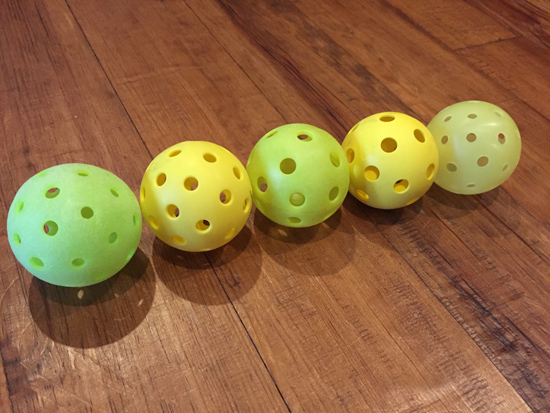
There are also balls that are built for a specific purpose. Because pickleballs are more of a plastic shell than an actual solid ball, they tend to crack easily. It gets very annoying to keep replacing balls all the time, so some manufacturers make balls that are extra durable.
Paddles vs. racquets
To my ears, both pickleball paddles and tennis racquets make beautiful noises. There’s nothing better than the “thock” of a tennis racquet or the “ping” of a pickleball paddle.
As you’d expect, there are massive differences between pickleball paddles and tennis racquets.
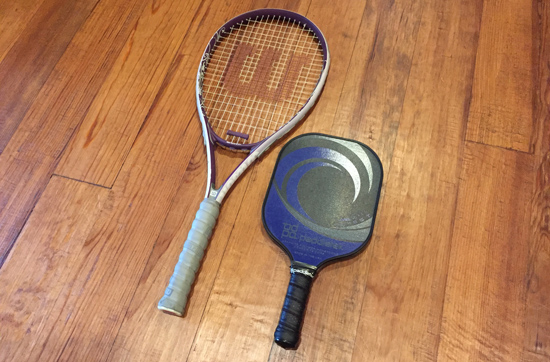
Here’s a picture of a tennis racquet that I found in my garage and one of the most popular pickleball paddles, the Paddletek Tempest Wave. As you can see, pickleball paddles are half the length of a racquet, are more rectangle-shaped and have much shorter handles.
Most people think of a pickleball paddle as an oversized ping pong paddle. That’s pretty accurate, but it’s a bit more complex than that.
It’s not just the size and shape of these two sporting instruments that are important to look at. It’s how they behave. The performance differences are so huge that the way you have to play pickleball and the way you swing is completely different than tennis.
Why?
To explain this, let me tell you something that I just made up literally 3 seconds ago.
Tennis racquets sink; pickleball paddles dink.
That pretty much sums it up.
When you strike a tennis ball with a tennis racquet, the ball compresses into the racquet and the strings bend slightly to accommodate. But in pickleball, this doesn’t happen. Pickleball paddles are like stone walls. Like we talked about in the last point, pickleballs do not compress. So when you strike a pickleball with your paddle, it pops off immediately and will deflect, not compress.
Thus, when you’re playing pickleball, you cannot “grip” the ball and spin it very well. The moment of contact in pickleball doesn’t last that long for physics to do its thing.
Another difference between tennis racquets and pickleball paddles is that pickleball paddles have a core.
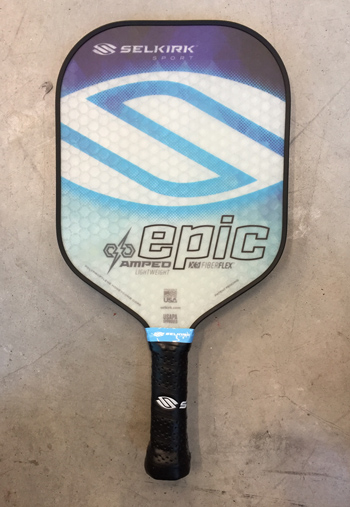
What you see above is not an empty vessel. There’s a lot of stuff going on inside that isn’t being shown. Modern-day pickleball paddles are called composite paddles. Composite just refers to multiple different parts or pieces that come together to make one thing.
A composite paddle consists of a core, a face, and the edgeguard. The core isn’t just a solid material. In order to make paddles light (anywhere between 7 oz to 8 oz), the cores are constructed in a honeycomb shape. Each of the honeycomb cells is empty. This creates a solid and strong material, but without the heaviness. Thank you, honeybees!
Paddle cores can be made of nomex, aluminum or the most popular option, polymer (which is just plastic). If you want to read more about pickleball paddles cores and all the differences, feel free to go here.
The core is covered by a face material in order to give your paddle a smooth striking surface. These faces can be made of graphite, a composite material of any kind or even fiberglass.
All of this is then surrounded by an edgeguard which keeps the paddle for falling apart on the edges.
The court is significantly smaller
A comment you hear a lot about pickleball is that the court is either tiny or seems miniature in some way. If you come from tennis, this is totally true. The dimensions of a pickleball court are only 20′ x 44′. You may recognize these dimensions from a similar cousin of ours, badminton. Indeed, pickleball was originally invented on a badminton court while putting the net all the way down to the ground.
But when you compare pickleball to tennis, the difference in size is obvious.

As you look at this image, remember that pickleball is primarily played doubles. So imagine four people within those blues lines instead of just two!
The net is also significantly smaller. Whenever I go to a tennis court facility to play pickleball, I’m always in awe at how huge the tennis nets look to me. I feel like a chipmunk looking up in the shadow of an elephant.
But don’t let the small stature of a pickleball net fool you. It’s just as hard to get the ball over the net as it is in tennis. In fact, sometimes, it can be maddening when you can’t get the ball over. My 3-year-old niece is taller than a pickleball net, so surely I should be able to get it over, right? Not so fast!
The kitchen
The huh?
I know.
Where does the pickleball kitchen get its name? Honestly, I have no idea. But there’s another name for it called the “non-volley zone”. This just means that you can’t volley shots while you’re in this zone. A volley is a ball struck out of the air without the ball having bounced yet.
Unlike tennis, you can’t stand at the net and smash balls over in pickleball. The court is too small for that. Back in the 1960s when the sport was first developing, the original founders noticed early on how serious of an issue this was. There was one guy in particular who would just stand at the net. Due to his height, he could smash everything over with ease.
Needless to say, they changed the rules around so this wouldn’t happen. Enter the non-volley zone.

The non-volley zone is a section of the court that extends from the net backward. It’s 7 feet deep and is on both sides of the court. The non-volley zone is the technical name for it, but colloquially, everyone calls it the kitchen.
The rule is simple. You cannot be standing in the non-volley zone and hit a volley. Volleys are typically very powerful and players often win with shots like these.
But with the non-volley or kitchen rule this makes the sport actually playable. The kitchen is what separates pickleball from other racquet sports. If there was no kitchen, there would be no pickleball.
If you want to read more details about the kitchen rule, head on over here for more on how it works.
Pickleball is played at the kitchen line.
The kind of play that you see in tennis doesn’t exist in pickleball. You’ll never see people smacking the ball back and forth from the baselines. It never happens. And if it does happen, the person doing it will lose very quickly.
Instead, pickleball is almost exclusively played at the kitchen line. Remember that kitchen zone that we talked about in the last point? There’s also a line that separates it from the rest of the court. Pickleball players will stand right before the line without touching it.
The reason why players do this is because standing at the kitchen line is what gives you the best advantage. 95%+ of all points won are from the net. Here are a few reasons:
- Standing at the kitchen line means that you’re always ready for a high ball to smash for the win.
- The further you stand away from the kitchen line, the more likely your opponent will hit to your feet which are very difficult shots to return.
- The closer you are to the net, the easier it is to get the ball over the net!
By the way, if you’re curious about how you can get started in pickleball, please go here to get started in this wonderful sport!
Pickleball is extremely volatile
Pickleball is a very fast sport. One moment you could be calmly hitting the ball back and forth. Then the next moment you could be hitting missiles at each other. Pickleball is a game that has very wild swings of tempo back and forth.
Remember, in pickleball, you’re standing only 14 feet away from each other when you’re at the kitchen line. Also, the average pickleball paddle weighs only around 7.5 oz. So needless to say, you can smack the ball quickly and powerfully while standing in whispering distance of another person.
One of the most important strategies in pickleball is to not hit the ball high. The higher you hit the ball, the more likely someone is to smash the ball back over. Remember, the net is only about 3 feet high.
So oftentimes what happens is that someone will accidentally hit the ball too high. The opponent will drive the ball back over and what devolves from there is sort of like watching a pinball get trapped in the bumpers of a pinball machine. This is what some call a “bangfest”.
If players are good enough with their hands, they can soften these hard shots into soft ones that can’t be hit hard anymore. Just imagine the pinball slowly going down towards the bottom.
This is an example of how volatile and crazy pickleball can get. And is also one of the main reasons why it’s so fun and addicting.
The serve isn’t serious
Well, not that serious at least. In tennis, you can actually win points on the serve. In pickleball, this rarely ever happens and on the pro level, it almost never happens.
Like I mentioned in the list at the beginning of the article, you’re not allowed to serve the ball overhanded in pickleball. You instead have to hit it underhanded.
Considering this and considering that the ball is light and perforated, the serve in pickleball isn’t powerful enough to get aces. Instead, players tend to focus on ball placement rather than power.
That’s what serving in pickleball is all about. It’s about placing the ball in certain positions that will then help you a few shots down the road.
You hit the ball out in front of you
In tennis, it’s really common to hit balls on the side of you. A common motion is to turn your body sideways, then hit the ball that way.
But in pickleball, you never want that ball to get close to you. The reason is that in pickleball, it’s very difficult to generate pace on the ball when swinging forward as you see in tennis. It works in tennis because the ball sinks into the racquet and the ball is bouncier. As I mentioned earlier though, this is not the case in pickleball.
The closer the pickleball gets to you, the more difficult it becomes to put pace on the ball. The reason is that because we’re using what is essentially a wiffle ball, you have to swing hard at the ball compared to tennis. So if that ball is close, then you’re not going to have time to hit the ball and you won’t’ be able to generate enough power.
I do a lot of lessons with people who have been playing tennis for years. Hitting the ball out in front of them tends to be one of the most challenging aspects of proper pickleball technique.
Pickleball is almost exclusively played doubles
If you come from tennis, you’re probably used to playing singles all the time. Playing singles in pickleball is a completely different experience. The reason is that as I said earlier, the court is much smaller and the ball doesn’t bounce as high. Considering this, the angles that you can achieve are much greater and the low bounce of the ball doesn’t give you a lot of time to get there quickly enough. This makes singles a grueling game of speed, strength, and stamina.
Considering this, pickleball is primarily a doubles sport.
You see people playing singles every now and then, but it’s rare. Singles is absolutely brutal. If you want the workout of a lifetime, then play singles.
Not only that but playing doubles if one of the most fun ways to enjoy pickleball and it’s also how it was originally designed.
That’s all she wrote!
I hope this article was useful for you in figuring out the major differences between pickleball and tennis. Although it may not seem like it, pickleball is a very different sport than tennis. If you want to learn more, feel free to travel around my site for more info!
Anuncie Aqui / Advertise Here
Sua marca para o mundo Pickleball! / Your brand for the Pickleball world!

 English
English  Spanish
Spanish  Portuguese
Portuguese  German
German  Italian
Italian  Japanese
Japanese  French
French  Polish
Polish  Russian
Russian  Netherlands
Netherlands  Hungarian
Hungarian  Turkish
Turkish  Videos
Videos  Pickleball Kitchen
Pickleball Kitchen
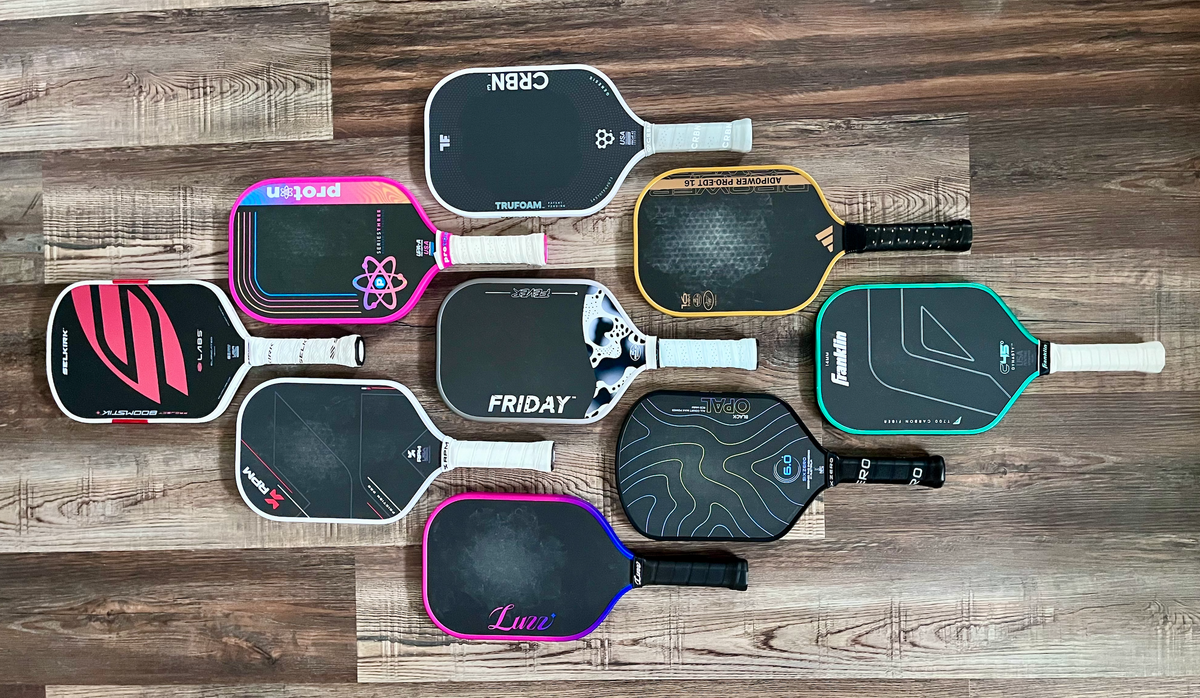






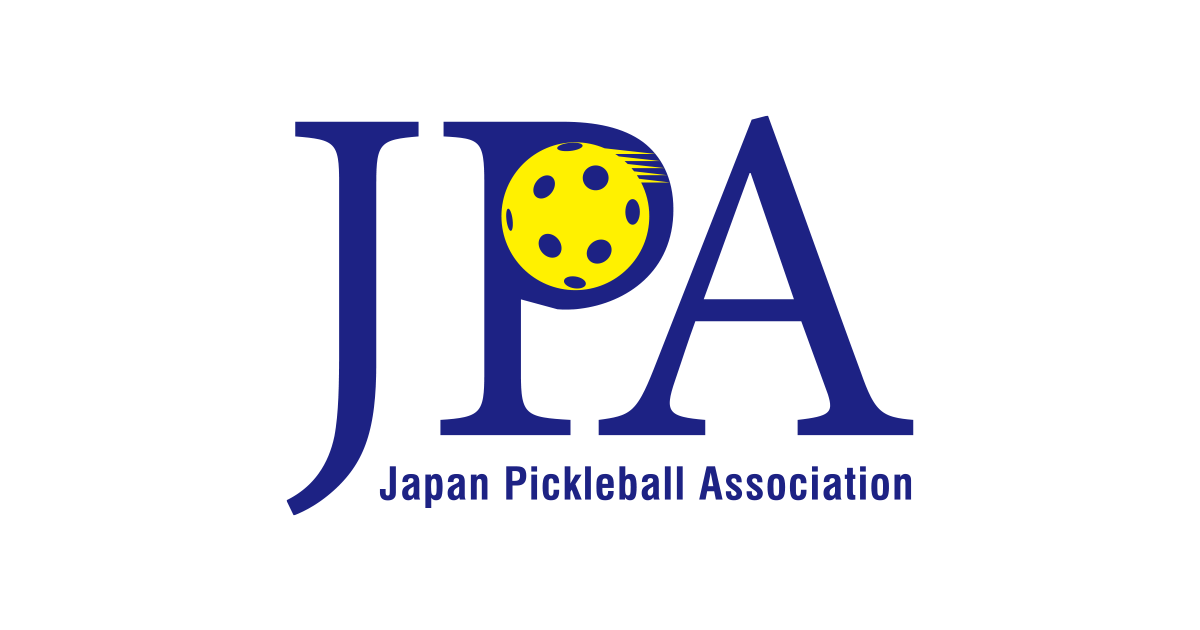
 English (US) ·
English (US) ·  Portuguese (BR) ·
Portuguese (BR) ·